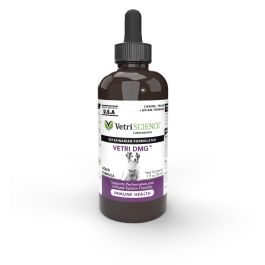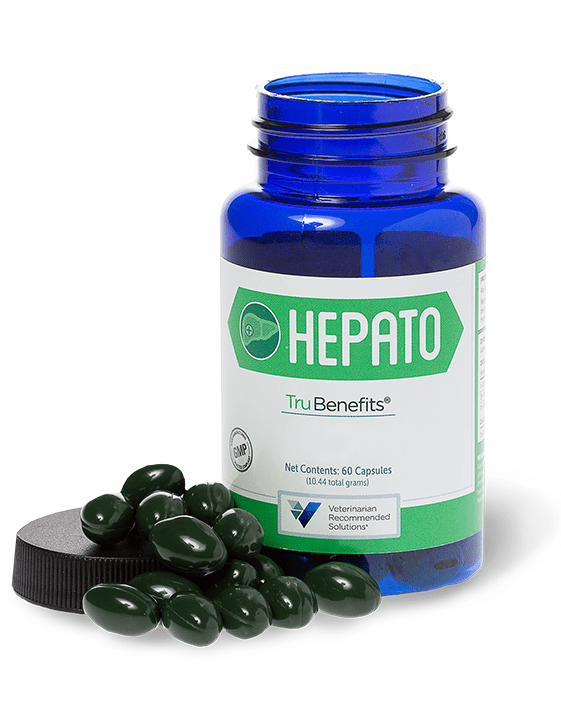- Joined
- Jul 22, 2022
- Messages
- 9
Hi HA! community! I have 12 yr old or so chihuahua mix named Felicia, she is such a sweet and pure hearted girl who is so playful and calm. She has sporadic seizures, 1-3x a month for the past 8 yrs or so after a surgery at ADL Animal Hospital to have her fixed. When they occur its hard to see, the involuntary shaking, feces & pee and she may even bleed from mouth due to biting at times, leaving her dizzy, confused and unbalanced until she recovers. She also has sight issues, especially at night. She eats great, having organic sweet potatoes, grass fed beef, carrots, watermelon, wild berries & Merrick/Natural balance salmon & potato kibble with Zinc + B12 (When able) aside that, the only real preventative i have to assist her is a product called Rescue Remedy which calms and soothes her, but typically only used reactory afterward to ease & comfort her. She isn't prone to walking outside as she will either attempt to run away or just lay flat. She doesn't really utilize snuffle rug and will just plop down and lay on even when food is there (lol) She is such a innocent girl who doesn't deserve to have deal with the discomfort of these seizures.
Looking for any guidance, or information in this matter to hopefully lessen these seizures or absolve them completely.



Thank you so much!
@Dr. Jeff @Dr. Christina @Dr. Sara
Looking for any guidance, or information in this matter to hopefully lessen these seizures or absolve them completely.



Thank you so much!
@Dr. Jeff @Dr. Christina @Dr. Sara


